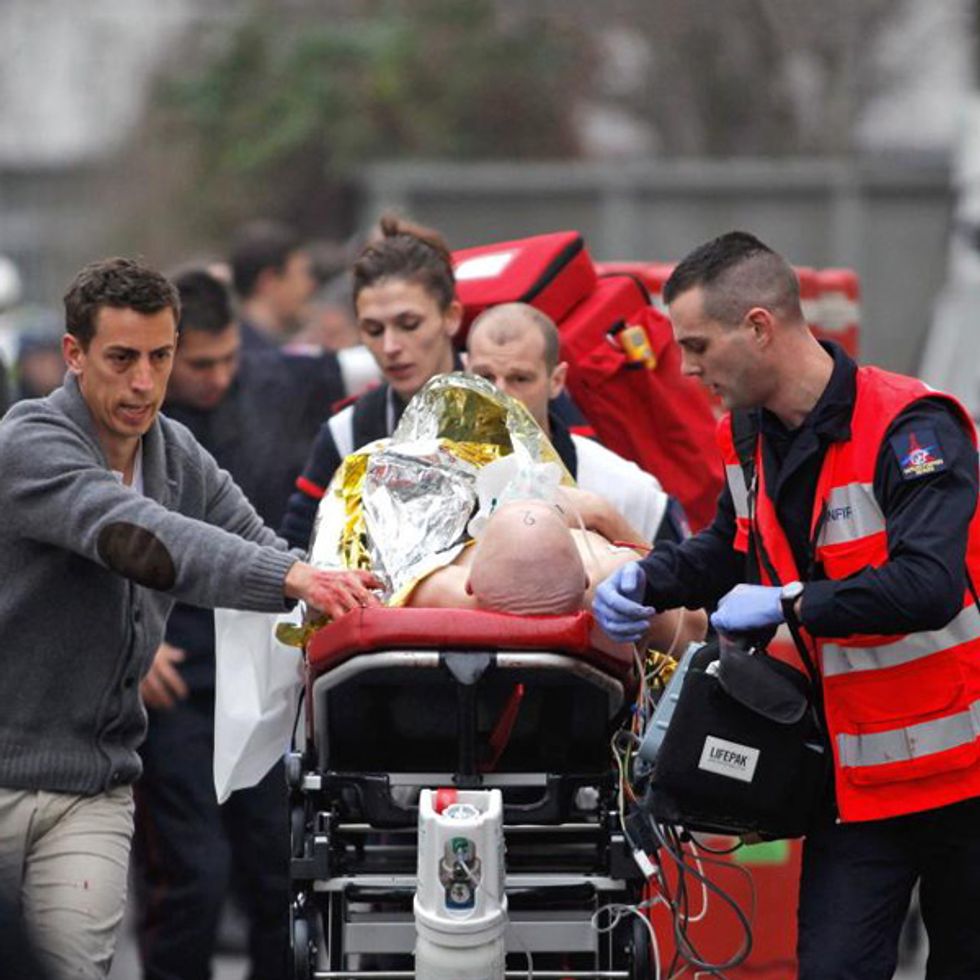Okay, please, sit down. There’s something we need to talk about. I know you weren’t looking forward to this talk, but you knew it was coming eventually. Or, maybe you didn’t…Either way, we need to talk about your confidence on the job. Specifically, you, as an EMT, and your reservations about treating a critical patient without a paramedic.
I know this probably going to cause a lot of controversy, and believe me, I’m not immune to the incessant rumblings of the rumor mill, but this is a serious problem that I have noticed among my other rural EMS providers. Whether we blame the cause on an EMS and public climate that tells EMTs they are just ambulance drivers, or we point fingers at a 911 system that deems “general sickness” calls ALS, no matter how the cake is sliced, the outcome is the same. A new generation of providers is being born that cannot function without an advanced provider on scene. I hate to generalize, but nonetheless, more and more providers that I talk to are saying that they do not even feel comfortable beginning treatment or assessment of a very critical patient without making sure a paramedic is enroute before they even arrive on scene. Not only is this problematic on an already over-burdened and stretched system logistically, but it is also a disservice to the training and preparedness that EMTs go through during their initial class.
What I believe most EMTs do not realize, and these words come from a paramedic, not myself, is that “every call starts with a BLS assessment, and a BLS management of life threats; the certification says EMT-P, an EMT first, a paramedic second.” To this point, even what is sometimes seen as some of the worst calls, vehicle accidents with entrapment, and cardiac arrests, do not, initially, pass the BLS scope of practice. For example, many EMTs would be leery of handling a vehicle accident with entrapment on their own. And certainly, any competent EMT will tell you that ALS is going to be indicated for these patients. But, for what reasons? Paramedics receive no additional training compared to EMTs regarding extrication of patients. They know no more, no less, than an EMT that has come out of class. Are they often more experienced? Yes, but what about an EMT doing his job for 10 years, and a paramedic doing his for 3? Furthermore, incident command is not an ALS skill. There is no acceptable reason that a competent EMT cannot manage a scene, and manage it effectively. Cardiac arrest patients are an especially slippery slope. On first impression, this would appear to be a very advanced call. However, the cardiac arrest treatment is one of the most well-known and easy to do tasks in EMS, after all, it is taught to bystanders. It is CPR. There is no reason that a medic must expedite to a cardiac arrest purely because the crew is comprised of 2 EMTs! If CPR is being done, the major component of the arrest is complete, beating where the heart cannot.
To the EMTs that have read this far, have a little faith in yourself. Have courage. Be brave, and do not be scared to flex your scope. Push back against the notion that you cannot handle critical patients. Treat your patients effectively, efficiently, and to the best of your ability. Calling for a paramedic may be necessary in some cases, but it is not a failure on your part, and you are not helpless until they arrive. Behind every great paramedic is a strong EMT, it is our job to be that partner, so we may help the people that need us the most. And in the absence of a paramedic, you are trained for every situation, there is nothing you cannot handle.

















